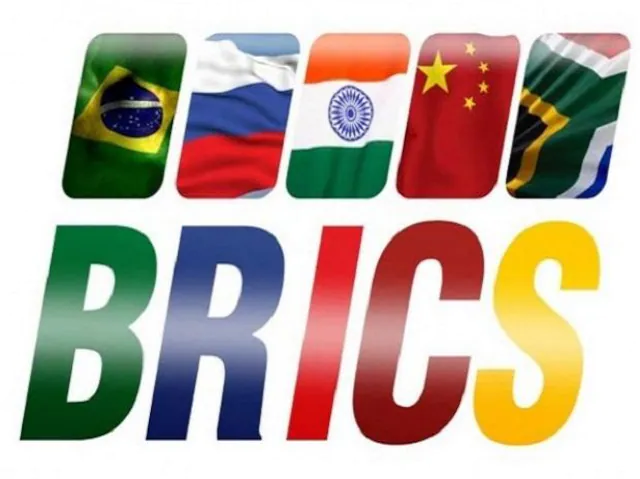Since Padmavati has been delayed, we watched the original film that depicted the woman as a mother
One of the claims of the belligerent Rajputs is that the 14th-century fictional queen of Chittor, Padmavati, is like their mother. Inherent in this, is a celebration of jauhar. Whether or not Bhansali’s film celebrates this barbaric tradition or is a more feminist retelling will remain unknown for some time to come. For the time being, we have been told by the film’s makers that there is no surreal erotic or romantic scene between Padmavati (Deepika Padukone) and Alauddin Khilji (Ranveer Singh). This sanitisation of the mother figure as asexual is typical of nationalist projects that construct themselves around the presumed honour of women — and the duty of men to protect it. Though such an idea should be immediately consigned to the trash bin of patriarchy, it has been rather popular in Hindi cinema, as we shall see from the three following examples.
The original film that collapsed the difference between motherhood and nationalism was Mehboob Khan’s Mother India (1957) — a realisation of the Nehruvian goal of merging the political with the popular. Its central character, Radha (Nargis), is an idealised representation of the rural woman, who triumphs over all hurdles to raise her sons but doesn’t hesitate to kill one of them to protect the honour of the land. Radha is larger than life, goddess-like. Her moral uprightness, accompanied by her latent capacity to be justly violent, makes her the ideal Indian woman representing the new India, emerging from the colonial rule. Mother India became one of the most popular Indian films abroad; in India, it was the “national” film, played every Independence Day (August 15) on the national broadcaster, Doordarshan. The film, with its theme, became so popular that in 1965, the government instituted the Nargis Dutt Award for Best Feature Film on National Integration.....


No comments:
Post a Comment